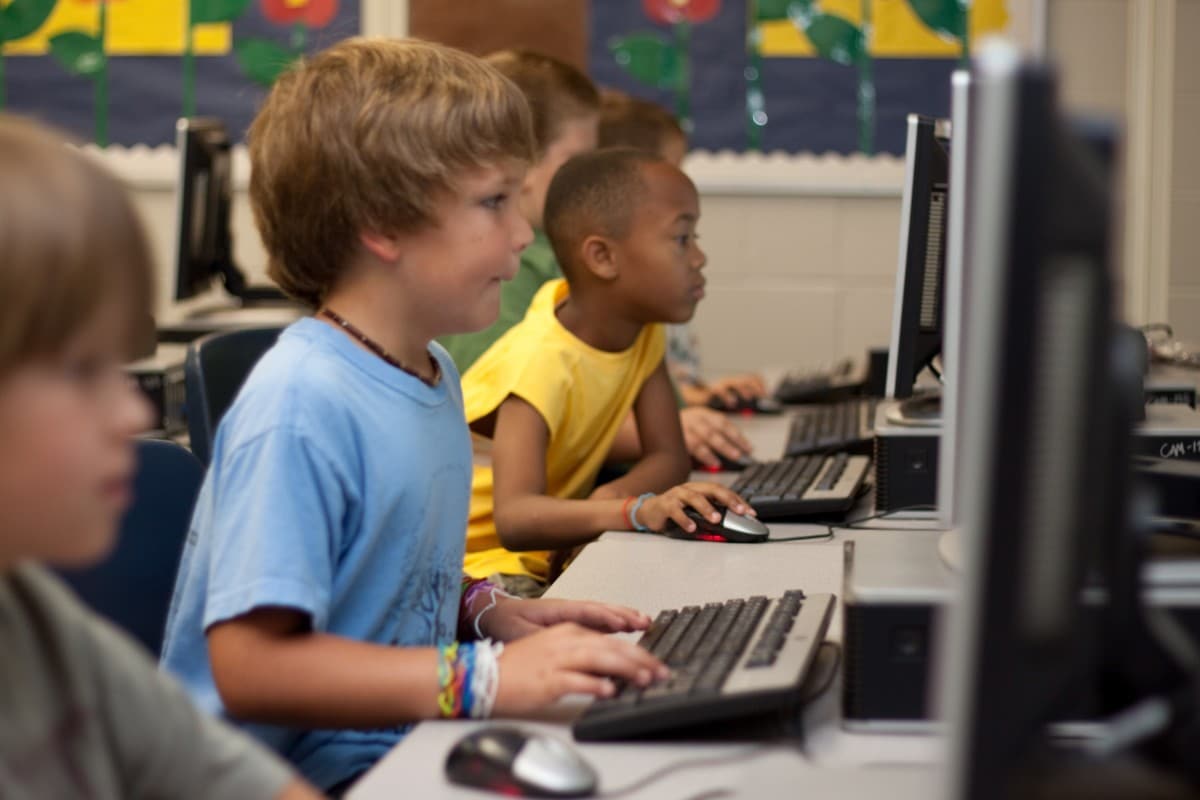The Future Of Classrooms
It’s no secret that the classroom of the future is coming. With new technologies and innovations being developed every day, we are on the brink of a paradigm shift in education. The question remains: what will this mean for schools? And how can we prepare for it? Let’s find out more!
What Will The Future Of Education Be Like?
Teachers will tailor their lessons so that each student receives the most personalized, precise information possible. The days of one-size-fits-all education are gone! Instead, teachers can adjust how much they teach based on a child’s needs and levels of understanding.
In this way, children in future classrooms won’t have to wait for someone else to help them catch up – everyone moves at their own pace, with teachers guiding them along the way. This is more efficient and effective and promotes self-confidence as students feel confident about what they’re learning.
And don’t worry: there will still be plenty of time for fun activities like group work here too! With all these new capabilities available, we should expect some significant changes in the world of education.
How To Prepare For The Classroom Of Tomorrow?
Digital platforms are a great way to stay up-to-date on what’s happening around us, including innovations like VR and AR! So why not use your blog as an opportunity to keep students informed about the changes coming down the pike? You can take a look at how digital lessons are taking over and how the classroom of tomorrow will operate. Accessibility to multiple lessons at the comfort of your fingertips is the future of education.
How Will Technology Change The Way We Learn?
With multiple platforms to cater to various lessons, students will be able to work at their own pace with the help of online teachers. This means they’ll be able to move at their level, with teachers adjusting what they teach based on a student’s needs and levels of understanding.
Virtual Reality
Robots, apps, and artificial intelligence are also prominent in the education world right now. Virtual classroom setups have become the norm because it provides students with more personalized experiences where they learn how to collaborate online and offline, while AI is transforming lives by providing lifelong assistance with schoolwork. These two technologies allow for greater opportunities for success – both inside and outside of the classroom!
Classroom layout
Learners can work at their own pace with online teachers adjusting what is taught based on a student’s needs and level of understanding. In addition, virtual classroom setups are becoming common because it provides students with personalized experiences where they learn how to collaborate both in person and through digital learning tools.
Artificial intelligence has given learners lifelong assistance with schoolwork by transforming lives for those who struggle or find difficulty completing assignments independently – all while still allowing them to have fun! As these technologies become more prominent, the future of education will be increasingly tailored towards each learner rather than being dictated solely by schools or institutions.
Assignment flexibility
By 2050, the average classroom of 30 students will be replaced by technology.
What does this mean for classrooms? The layout might change to reflect a more open and collaborative space instead of relying on desks in rows that can only accommodate one person at a time. Technology is also making the future of education increasingly flexible, with assignments being tailored towards each learner rather than dictated solely by schools or institutions.
To meet these changes, teachers are training themselves not just in their content area but as facilitators who understand how to deal with complex interactions between humans and machines. This means they’ll need new skills such as computer coding, project management, design thinking, and rapid prototyping – all while remaining firm in core content areas.
Online learning platforms
Digital learning platforms have been growing in popularity for the last decade, and now there are over 100 MOOCs available. So what does this mean for classrooms? MOOCs are a great way to offer an education without the price tag, but what about a social aspect?
As everything can be accessed online, students can efficiently and effectively learn almost anything under the sun. In addition, technology is now more accessible than ever, so the use of MOOCs in a classroom setting is feasible and beneficial.
Classrooms are now a place for students to learn and a place where they can be social. Technology is bringing people closer together than ever before, and it’s hard not to see online learning as the future of classrooms.
Signing up for a piece of new knowledge is easier than before. With a click on the screen, you can learn more than any human being could ever teach.
Final Words
While traditional setups are slowly being phased out, classrooms will be a place for students to learn in the future. Students can now get their education anywhere and at any time they want—even from the comfort of home if that’s what works best for them!

